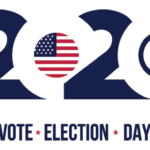
Meaningful Welfare Reform Will Make Americans Rich

April jobs report from the Bureau of Labor Statistics (BLS) showed that unemployment rate has dropped to 3.9%, the lowest level since December 2000. While most of the numbers in the jobs report were good, there were some red flags. Specifically, the labor force participation rate (percentage of the working age population who have a job), came in at a low 62.8%. That number was at over 66% in 2008 and has been mostly on the decline since.
Some of the decline in the labor force participation rate can be attributed to an aging population. But that doesn’t explain the precipitous drop in participation in less than a decade. That brings us to the next culprit: An abundance of welfare. Since President Lyndon Johnson declared war on poverty in 1964, spending on social programs has increased twelve-fold and now includes close to 200 state and federal means-tested (which excludes Social Security and Medicare) programs exceeding $1 trillion a year. Along the way, the definition of poverty has also changed. According to the Census Bureau, 98% of households in “poverty” have a refrigerator, 96% have a TV, 93% have a microwave oven, 83% have air conditioning, 81% have a cell phone, 58% have a computer and 45% have a dishwasher, just to name a few. Meanwhile, federal expenditure per person in poverty has gone from $422 in 1960 to $16,490 in 2015 in today’s dollars. We are at a place where some of these programs need to be cut, many need to be scaled back and work requirements put in place. Take food stamps as an example. In 2000, we had 17 million recipients receiving an average monthly benefit of $73 per person. By 2017, the number of recipients ballooned to 42 million recipients receiving an average monthly benefit of $126 per person.
The US labor market needs more workers and this would be a great opportunity to drive the able-bodied people out of social programs and into the workforce. Job openings in the latest BLS Survey spiked to 6.6 million, the highest since the index was created in December 2000. In an economy where unemployment is at historic lows and job openings at historic highs, there is no reason for labor force participation to keep dropping, nor is there a reason to maintain the social programs that were created at the peak of the recession.
One final point: We all understand some level of assistance is necessary. But too much welfare will disincentivize work. That’s why President Clinton “Ended welfare as we know it”. Our founding father (and senior stateman at that time), Benjamin Franklin said it best: “I am for doing good to the poor, but…I think the best way of doing good to the poor, is not making them easy in poverty, but leading or driving them out of it. I observed…that the more public provisions were made for the poor, the less they provided for themselves, and of course became poorer. And, on the contrary, the less was done for them, the more they did for themselves, and became richer.” Let’s cut welfare and make more Americans rich.





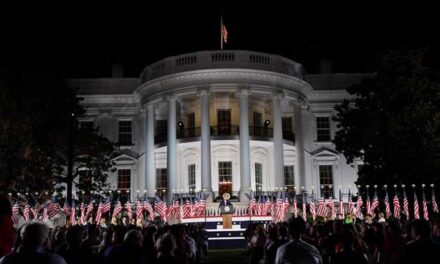

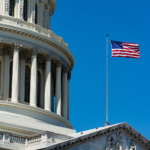

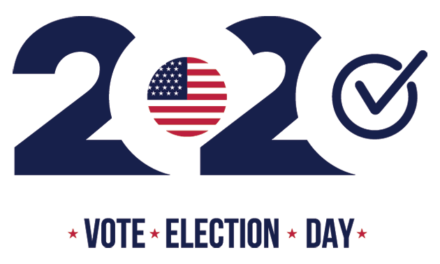
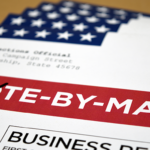



















Recent Comments